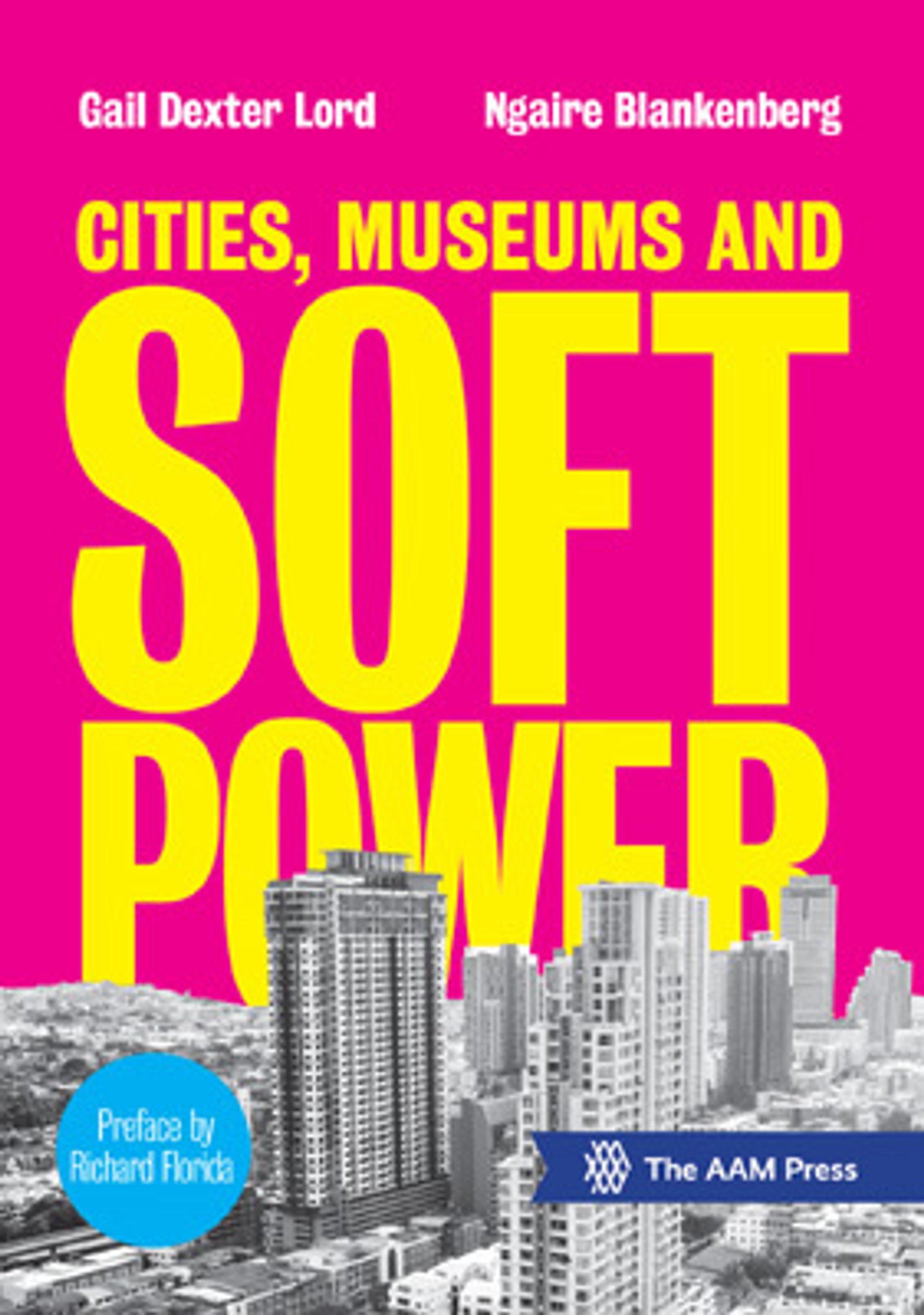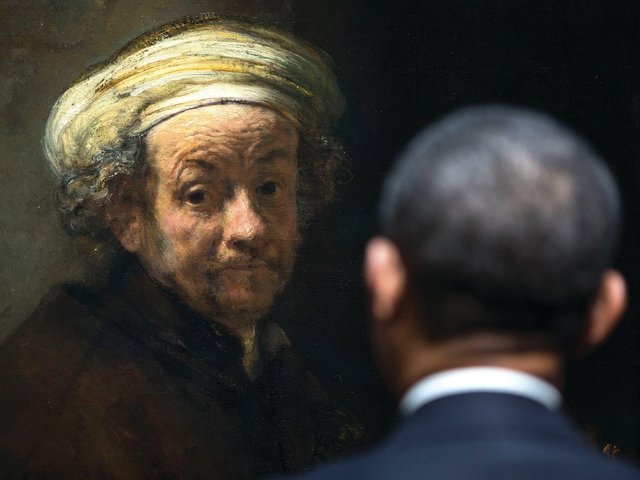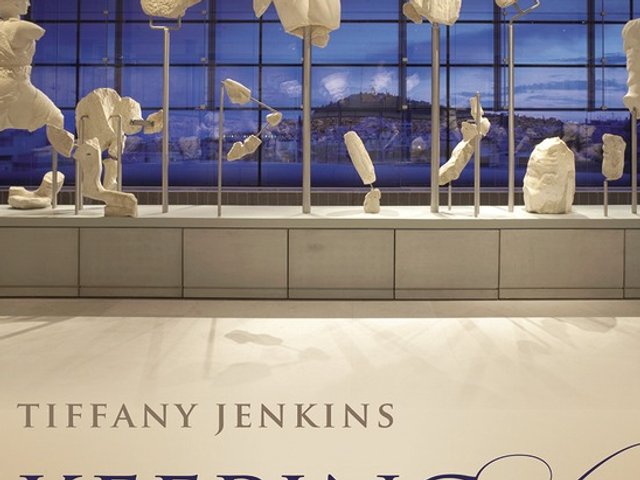The American political scientist Joseph Nye coined the term “soft power” back in the 80s in the context of international relations and hard-nosed realpolitik. His point was that governments need not rely exclusively on the use of military or economic might in pursuing their goals. Instead they may be able to obtain what they want by persuad-ing others to follow their example. Soft power – in contrast to “hard power” – depends on seduction rather than coercion.
There has been a lively debate about whether soft power really makes much difference on the international stage, and some remain unconvinced. But there is no doubt that governments have always tried to exercise persuasion in “soft” ways. Needless to say, their motives may not always be benign: think of the Berlin Olympics of 1936.
Soft power is now a widely used concept and Gail Dexter Lord and Ngaire Blankenberg, in common with others, stretch its meaning to embrace the exercise of influence of any kind, whether internationally or domestically, not only by governments but by institutions of all sorts – including museums. This compilation of essays by a cosmopolitan array of authors (four of whom, including the two editors, work for the Canadian consultancy Lord Cultural Resources) argues that museums are the “sleeping giants” of soft power.
Museum professionals will not find many surprises in this volume, though it serves a useful purpose in collating evidence from a wide variety of sources about the economic and social value of museums. However, with the notable exception of a refreshingly candid essay about the “museum building boom” from Guido Guerzoni (who questions whether the “dignified survival” of many museums is possible in the post-recession era), most of the contributions are breathlessly optimistic. We hear a lot about the success stories – Guggenheim Bilbao, Tate Modern, Berlin’s Museumsinsel, London’s Knowledge Quarter – but far less about the failures and downright disasters.
An article about the Gulf states acknowledges that government-run museums in that region refuse to tackle controversial subjects or to offer alternatives to the narrow, state-approved narratives. The author – a diplomat from Bahrain – points to the achievements of some small, not-for-profit museums in reaching domestic audiences and reflecting their lives, but her silence on the megaprojects for which the region is now best known, while understandable, leaves a gaping hole. Who stands to benefit from the new international museums being built in places like Abu Dhabi? What purposes will they serve? And who is paying the price for them?
Lord and Blankenberg conclude the volume with no fewer than 32 “ways for museums to activate their soft power”. It is good to hear them proclaim the benefits of free admission and the need to reduce “invisible barriers” to entry, and there is much else here that most museum professionals would probably applaud. If, however, museums are going to realise their full potential through the exercise of soft power, those who run them will need to win over those who exercise hard power over them – whether politicians, board members or commercial partners.
The editors admit in passing that change is challenging and “can be met with deep internal resistance”. But glibly appealing for more diverse and “networked” boards, inspired leadership, outward-looking policies or strategic planning is really not much help. So long as most museums remain in the hands either of tight-fisted governments or of boards dominated by the rich and powerful, the radical transformation that Lord and Blankenberg seek may prove elusive.
David Barrie has been a diplomat, festival director, chief charity executive and campaigner. He is the author of Sextant: a Voyage Guided by the Stars and the Men Who Mapped the World’s Oceans (2014)

Cities, Museums and Soft Power
Gail Dexter Lord and Ngaire Blankenberg, eds
American Alliance of Museums Press, 272pp, $29.95 (pb)



